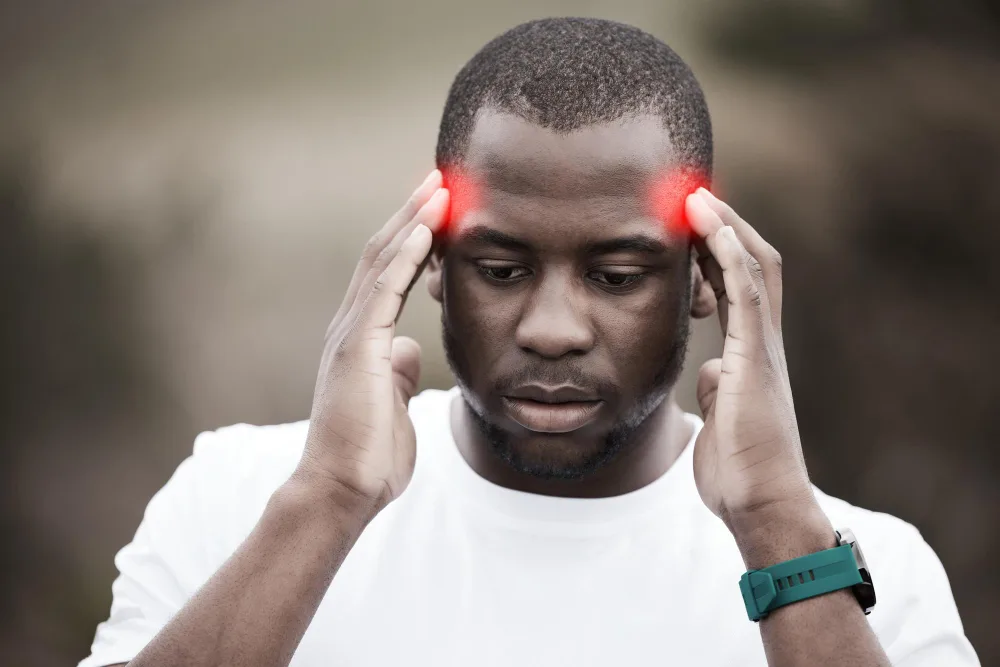MIGRAINE HEADACHE
What is a Migraine Headache?
A migraine is a type of headache characterized by intense, throbbing pain, usually on one side of the head, often accompanied by nausea, vomiting, and sensitivity to light or sound. It is a neurological condition that can last for hours or even days and may be triggered by various physical, emotional, or environmental factors. Migraines affect millions of people worldwide and can significantly disrupt daily activities and quality of life.

Migraine Headache Treatment In Kenya
Migraine Headache Treatment
Migraine treatment focuses on relieving symptoms and preventing future attacks. Treatment options include:
Acute (pain-relief) treatments:
Over-the-counter painkillers (ibuprofen, paracetamol)
Triptans (e.g., sumatriptan) – prescription migraine-specific drugs
Anti-nausea medications
Preventive treatments for frequent migraines:
Beta-blockers or calcium channel blockers
Antidepressants or anti-seizure medications
CGRP inhibitors (a newer class of migraine drugs)
Botox injections for chronic migraine
Lifestyle changes:
Avoiding triggers (e.g., stress, certain foods, lack of sleep)
Regular exercise and hydration
Stress management techniques (yoga, meditation)

Symptoms of Migraine Headache
Severe throbbing or pulsing pain, often on one side of the head
Nausea and vomiting
Sensitivity to light, sound, or smells
Aura (visual disturbances) such as flashing lights or blind spots (in some cases)
Fatigue and mood changes before or after an attack
Neck stiffness and difficulty concentrating
Migraines may occur in stages: prodrome (early signs), aura (if present), headache, and postdrome (recovery).
Safe. Precise. Migraine Headache Treatment

Conditions Associated with Migraine Headache
Tension headaches
Cluster headaches
Depression and anxiety
Insomnia or sleep disorders
Hormonal changes (e.g., during menstruation or menopause)
Chronic migraine (15 or more headache days per month)
Stroke-like symptoms during complex or hemiplegic migraines (rare)
How Migraine Headache is Diagnosed
There is no specific test for migraine; diagnosis is based on:
Detailed medical history and symptom pattern
Neurological examination
Migraine diaries – to track frequency, triggers, and symptoms
Imaging tests (CT or MRI) – if symptoms are atypical or to rule out other causes
Your healthcare provider will usually use criteria set by the International Headache Society (IHS) to confirm diagnosis.
Risks of Not Treating Migraine Headache
Untreated or poorly managed migraines can lead to:
Chronic migraine development (increased frequency and severity)
Reduced productivity and missed work or school
Mental health issues such as depression and anxiety
Medication overuse headache (rebound headaches)
Strained relationships and social withdrawal
Disruption of sleep and overall quality of life
Ready to Take the Next Step?
Whether you have questions, need more information, or are ready to schedule a consultation, our team is just a message away. Let’s talk about how we can support your journey to better health through expert laparoscopic care.
